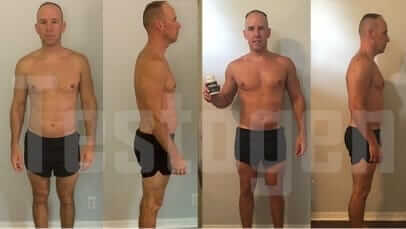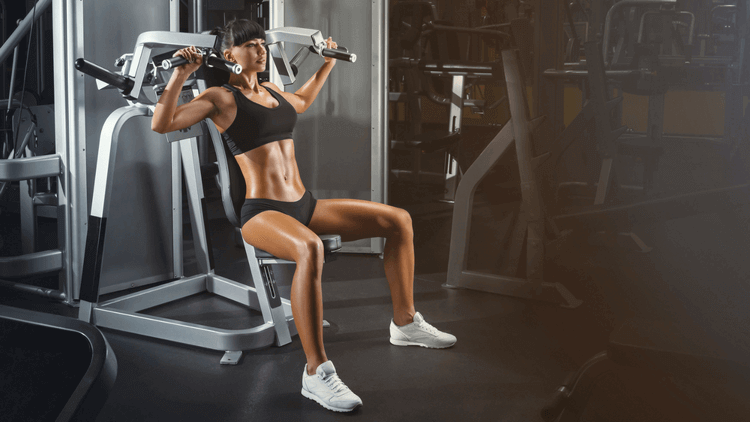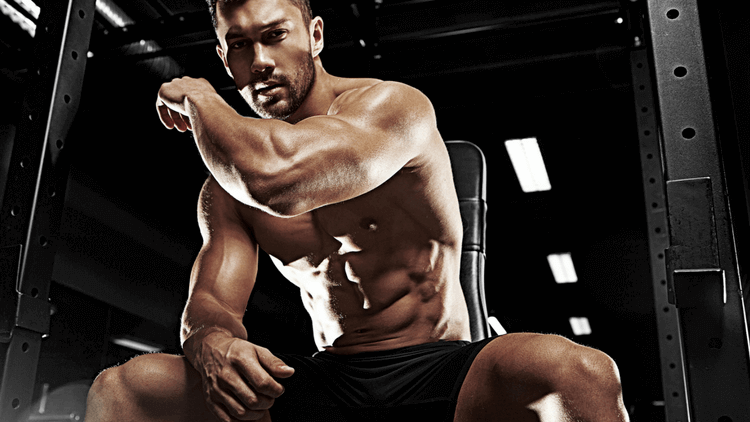This handy guide takes you through everything you need to know about warm-ups and cool-downs in order to maximize your performance, minimize injuries, and recover as best as possible from your workouts. We’ll be looking at exactly what you should do as well as how to make it specific to your training.
What is the purpose of a warm-up?
The purpose of a warm-up is simple: To prepare your body for the training it is about to do.
How should I prepare my body for training?
There are a few things you need to do:
1. Get your body warmer and promote blood flow to your muscles.
2. Mobilize your joints and promote the production of synovial fluid (a substance which helps to reduce friction between cartilage).
3. Activate your central nervous system – or rather, remind it of the movements expected.
The first two of these are accomplished through a general warm-up, whereas the last is better achieved via a specific warm-up.
General warm-up
The first part of your warm-up should be general in nature. You can start with anything that gets you warmer and gets your heart rate up a little. Some examples include:
- fast-paced walking
- light jogging
- using the rowing machine
- using the cross-trainer machine
- light cycling
This doesn’t need to be anything fancy. Keep it simple and perform the exercise for 2 to 3 minutes.
Next up, I recommend performing some basic joint rotations, ideally focusing on the joints most likely to be involved in the training you’re about to do. So if you’re about to do some squats, then you should definitely spend some time rotating your hips, knees, and ankles. Alternatively, if you’re about to tackle some bench presses, you should concentrate on rotating your shoulders and moving your elbows.
What you’re aiming to do is encourage the build-up of synovial fluid in your joints. This is a fluid that essentially acts as a lubricant or oil for your joints, helping to keep them moving freely and reducing friction.
For the sake of simplicity, I usually rotate or move all my major joints from head to toe. This takes between 3 and 5 minutes.
Specific warm-up
Now that your general warm-up is complete, your body is ready for most forms of exercise. However, it doesn’t yet know what type of exercise you want it to do. This is where the specific warm-up comes in.
To cut a long story short, a specific warm-up is simply performing the exercise you’re going to be doing, but at a lighter intensity. Here are some examples.
If you’re going to be squatting, you should spend a few minutes performing some squats with a light or empty barbell.
If you’re about to do some sprints, you should perform some lighter sprints at 50–70% of your normal speed.
If you’re about to do some bench presses, you should perform some reps with the bar only or with a light weight.
You should do this because it primes your central nervous system, which is a fancy way of saying that it tells your body what you want it to do. This gives your brain time to coordinate your muscles and optimize your movements.
What about after training? All about the cool-down
If you’ve been training for a while, then you’ve probably heard about the idea of a cool-down. Common logic would seem to say that performing a cool-down in the form of light cardio for ten minutes or so can help to alleviate muscle soreness and speed up recovery.
But common logic is wrong.
There’s no solid evidence to suggest that a cool-down has any real benefits regarding recovery or muscle soreness.
Don’t get me wrong, a cool-down can help to lower a raised heart rate. It may also help to prevent the build-up of blood in your veins, thus preventing dizziness, so if you tend to get dizzy after your workouts, cool-downs might help. Just remember that your cool-down doesn’t have to be anything fancy. A simple 2 to 3 minutes of walking or stretching should be enough.
Should you stretch afterwards?
I’m going to make this one quick and simple. You only need to stretch after your workout if you participate in a sport or activity that requires more flexibility than you currently have.
So if you’ve started weightlifting but you can’t overhead squat, it would be useful to spend some time stretching your ankles, hips, thoracic spine, and shoulders. Similarly, if you’re a gymnast that needs to perform the splits, then you should get stretching your hips, adductors, and hamstrings.
You do not need to stretch if:
- your training or sport doesn’t require it, or
- you’re already flexible enough to perform your sport.
To continue with weightlifting as an example, once you’ve achieved a comfortable overhead squat, you have adequate flexibility. This mobility will be maintained simply by performing the overhead squat, so you don’t need to perform any extra stretching.
Just to be absolutely clear, stretching does not help your recovery.
A summary for you
To warm up:
- 2–3 minutes of light movements that raise your heart rate.
- 3–5 minutes of mobility-based movements such as joint rotations.
- 3–5 minutes of sport- or training-specific movements.
You’ll notice that this means you’ll be warming up for between 8 minutes and 13 minutes. If you’re an older athlete, you might need a little longer; if you’re a young athlete, you might need a little less. Generally, though, your warm-up should take about this long. Super-long thirty-minute warm-ups accomplish nothing extra and waste your time. Very short or non-existent warm-ups will lead to performance reductions and potentially more pain after your workout.
To cool down:
Lightly walk or move around for a couple of minutes if you find it helps. Similarly, feel free to stretch for a few minutes if you like it and it’s necessary for your sport.
Whether you do or don’t, it won’t make a huge difference, so don’t stress about it.
And that, quite simply, is the best current understanding we have of warm-ups and cool-downs. If anything changes, we’ll keep you updated, but for now, go and get training.
Have you been warming up correctly?






